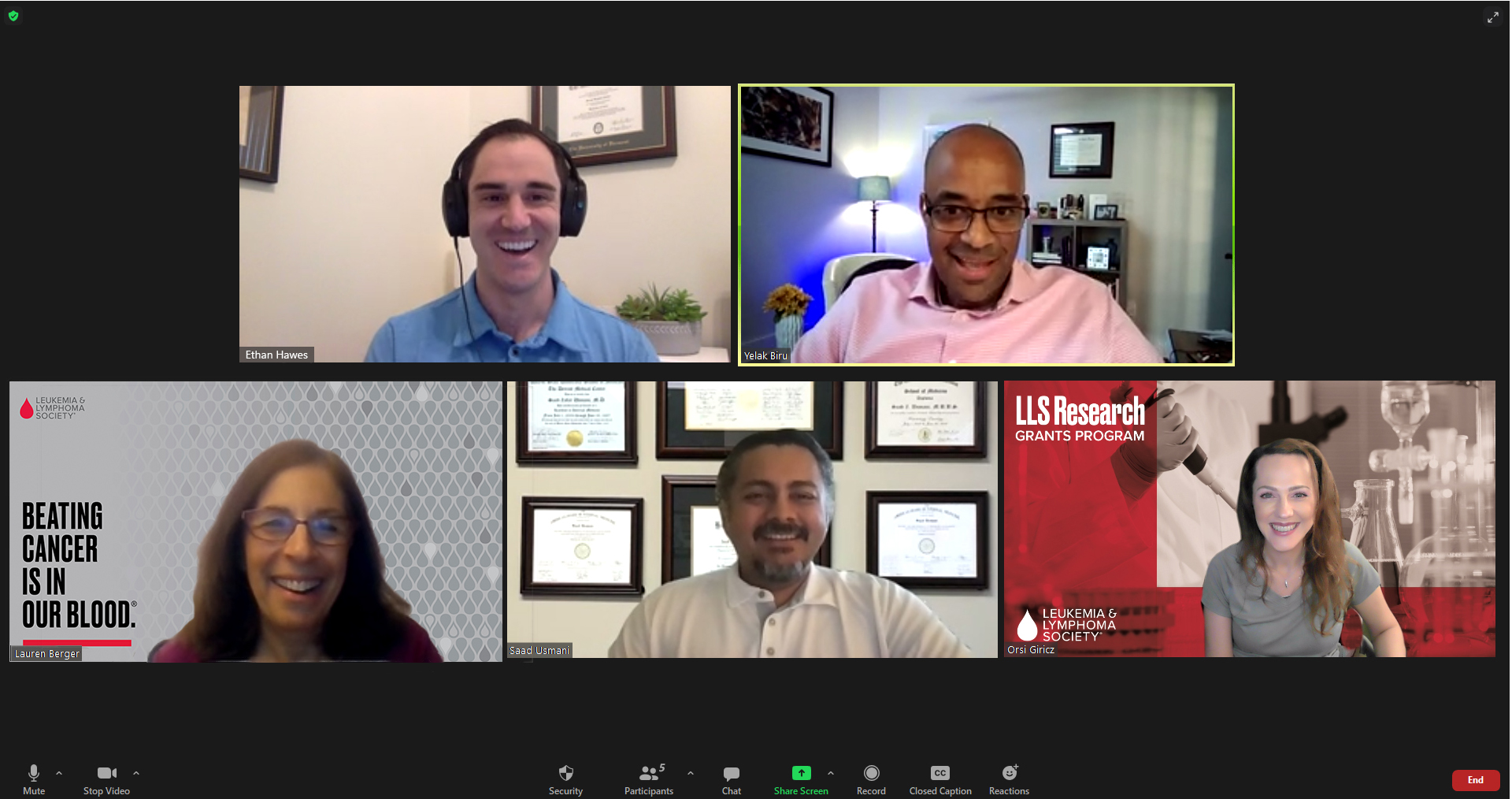
Communication between the clinician and patient, as a two-way conversation, clarity on goals for treatment and treatment protocol, patient education, and support from other members of the healthcare team, can all contribute to adherence to therapy and overall quality of life.
To better understand the patient experience, our Editor in-Chief, Dr. Saad Usmani, and The Leukemia & Lymphoma Society had a Virtual Roundtable discussion with Ethan and Yelak, two myeloma survivors, to learn more about each of their cancer journeys, from diagnosis as a young adult, underscoring the importance of communication and connection with other patients.
Dr. Usmani: Ethan and Yelak, please share your myeloma story. Tell us about the experiences that helped you along your journey and what experiences you felt could have been better. I would also like to hear about getting the information you specifically needed, seeking expert information or the right kind of information. We know there is a lot of misinformation out there, as well as accurate information.
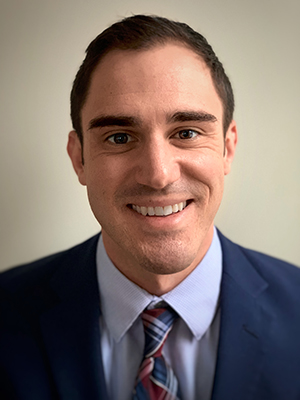
Ethan is a 30-year-old male diagnosed with multiple myeloma in July 2013. He is doing excellent now and has become an experienced patient advocate by helping others affected by cancer, with an emphasis on multiple myeloma.
Ethan: I was diagnosed with myeloma at age 22, summer of 2013. Involvement in the myeloma community has helped me the most. This includes advocacy work, working closely with physicians, and trying to understand and expose myself to as much of the clinical information about multiple myeloma as possible. So much of it can go over your head so quickly. For example, the CRAB criteria. I presented with two bone lesions, and not much of it made sense to me at the time, as I was hearing so much about blood counts and other information. I focused on the bone lesions specifically. Now eight years later, I am starting to understand all the multiple myeloma criteria. The more I have learned about the precursor conditions MGUS and smoldering, it has helped me understand my journey better.
I appreciate the work that has gone into the newer treatment landscape and that there are so many options available now. It is so exciting for patients, but it can also create confusion when a patient hears about a treatment that works well for one person and wonders why it is not offered to them. So much can be categorized into the type of agent and also their own staging, first or second relapse. I love learning about smoldering criteria, first degree relatives that may be at higher risk for MGUS, those of African American descent, trying to learn about how myeloma can possibly be intercepted earlier, how that treatment paradigm works as well, and CAR T therapies.
I like learning about and meeting other young cancer patients with shared experiences. Forming these bonds has created a sense of community in what otherwise can be a very isolating disease. At diagnosis, there was so much information provided, it was overwhelming. Looking back, hearing less detailed information right at diagnosis along with the options for a treatment plan, would have been more helpful. Becoming more knowledgeable about pre-conditions, including smoldering myeloma and MGUS, and the CRAB criteria has helped me better understand my journey along the way.
Dr. Usmani: Thank you. I really like the way you outlined your journey with myeloma and what excites you. And now I am excited for you to hear Yelak’s description, fast forwarding your journey by about 15 – 18 years.
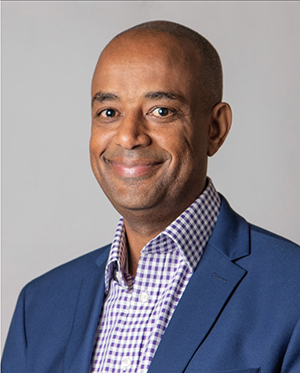
Yelak is a patient turned Myeloma research advocate and has been able to successfully integrate Myeloma into his life for over a quarter of a century. Diagnosed at a young age of 25 with stage III Myeloma in 1995, Yelak is a member of the International Myeloma Foundation board of directors, ECOG’s patient advocate and myeloma committees, NCI’s Myeloma Steering Committee (MYSC), the NCI Council of Research Advocates (NCRA), and various pharma patient leadership councils, and is active on tweeter under the handle @NorthTxMsg.
Yelak: I was diagnosed young too, at age 25, in 1995. I thought I held the record of being young, but then I met you. When I was diagnosed, there was no novel therapy. What was available was high dose chemotherapy. followed by another high dose chemotherapy, and then transplant. I also had bone involvement, it was not one or two, I had head-to-toe lesions, all over my body and significant involvement in the plasma cells and high M-spike. The good thing is I responded to what may now be considered salvage treatment.
For me, being able to see the evolution of treatments and outcomes was really important. I think you can almost see the survival curves jump once the novel therapies came, and hopefully now, with antibody therapies, we will see another significant jump in overall survival for patients with myeloma.
And, while it was difficult to have myeloma at a young age and early in the myeloma journey, it was also easy, because we had only had one or two treatments and we knew what to do. Now, with the cocktail of available treatments, it is really important to have a consultation with a myeloma specialist.
I was introduced to a myeloma support group through LLS’ First Connection peer support program (www.LLS.org/peer-peer-support). Then I became a member of a support group which allowed me to continue to learn about myeloma, connect with other patients, become an advocate for myself and over time also start advocating for others.
Another important benefit offered by LLS is the Co-Pay Assistance Program (www.LLS.org/copay) for patients that can’t afford the treatments they need.
Ethan: Yes, I have seen the LLS Co-Pay Assistance Program mentioned on patient (social media) boards, so there is awareness about it. The financial toxicity that can happen is top of mind for so many patients and this is a helpful and great resource.
Several years ago, I was introduced to LLS through a patient advocacy group. I participated in a panel discussion at a young adult (YA) cancer conference. It was exciting to meet other YA cancer patients, and ongoing to connect and to bond with other myeloma patients, especially YAs, as the journey can be very lonely. Also, there are so many complexities to myeloma, that local and national resources available from LLS (www.LLS.org/support) and other organizations (www.LLS.org/support-resources/other-helpful-organizations ) can be very helpful.
Read part 2 of the Roundtable Discussion in our Fall 2021 issue.


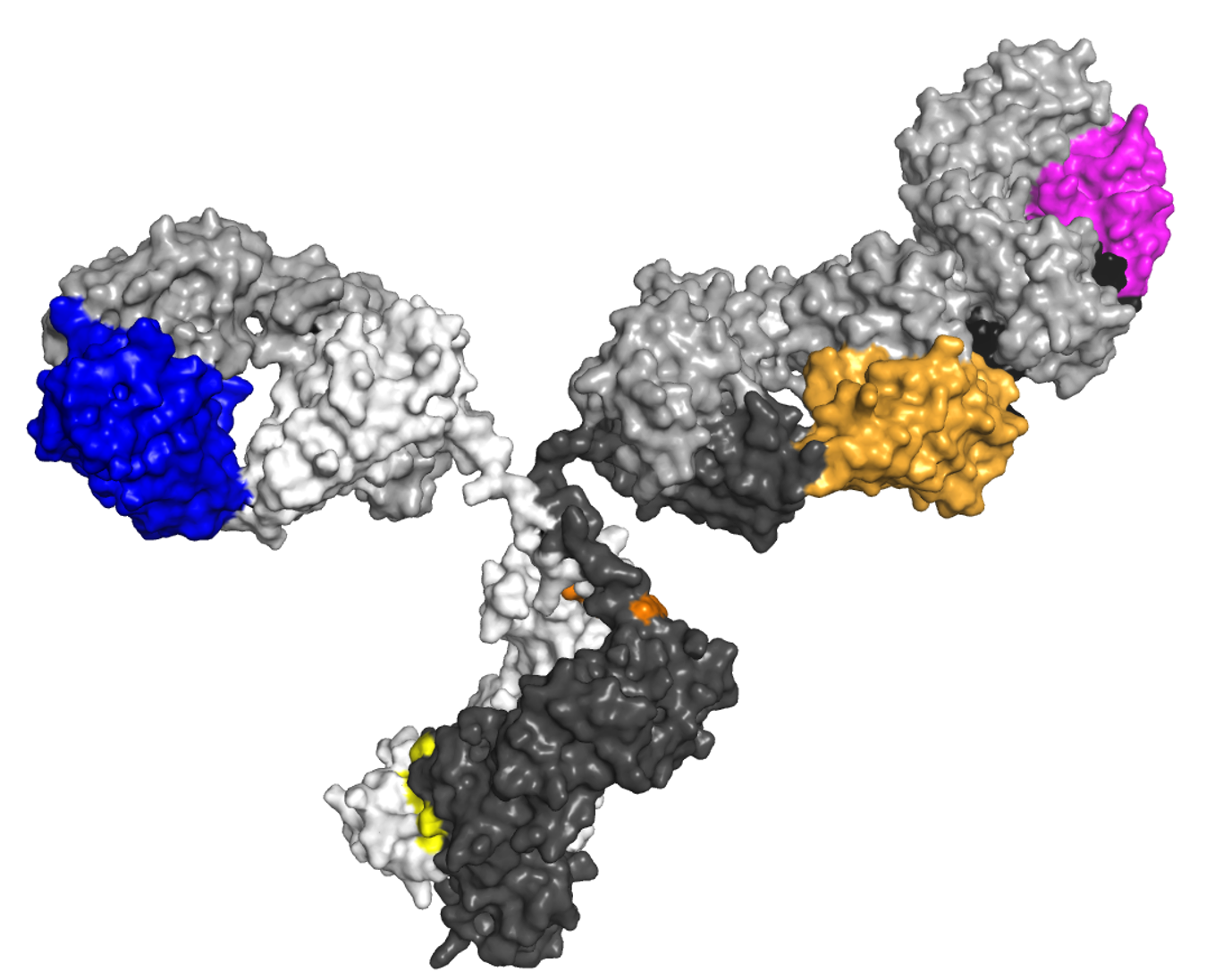
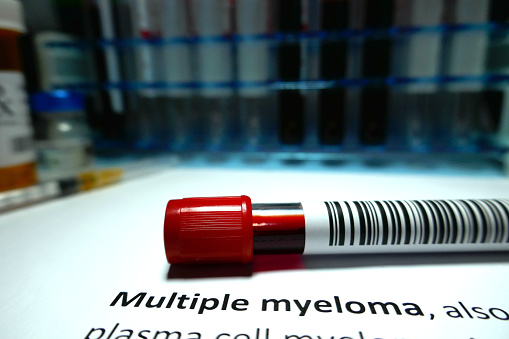
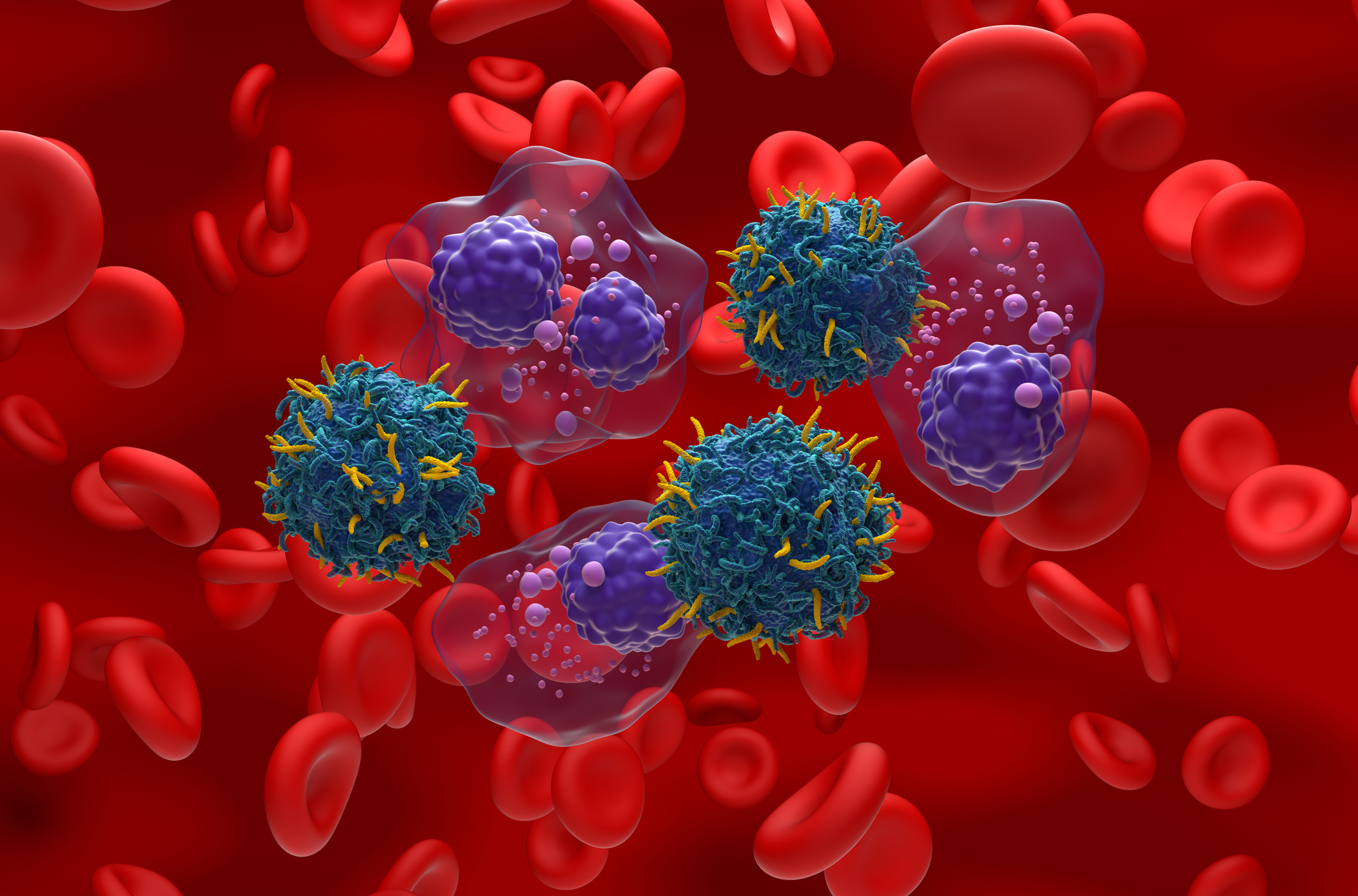
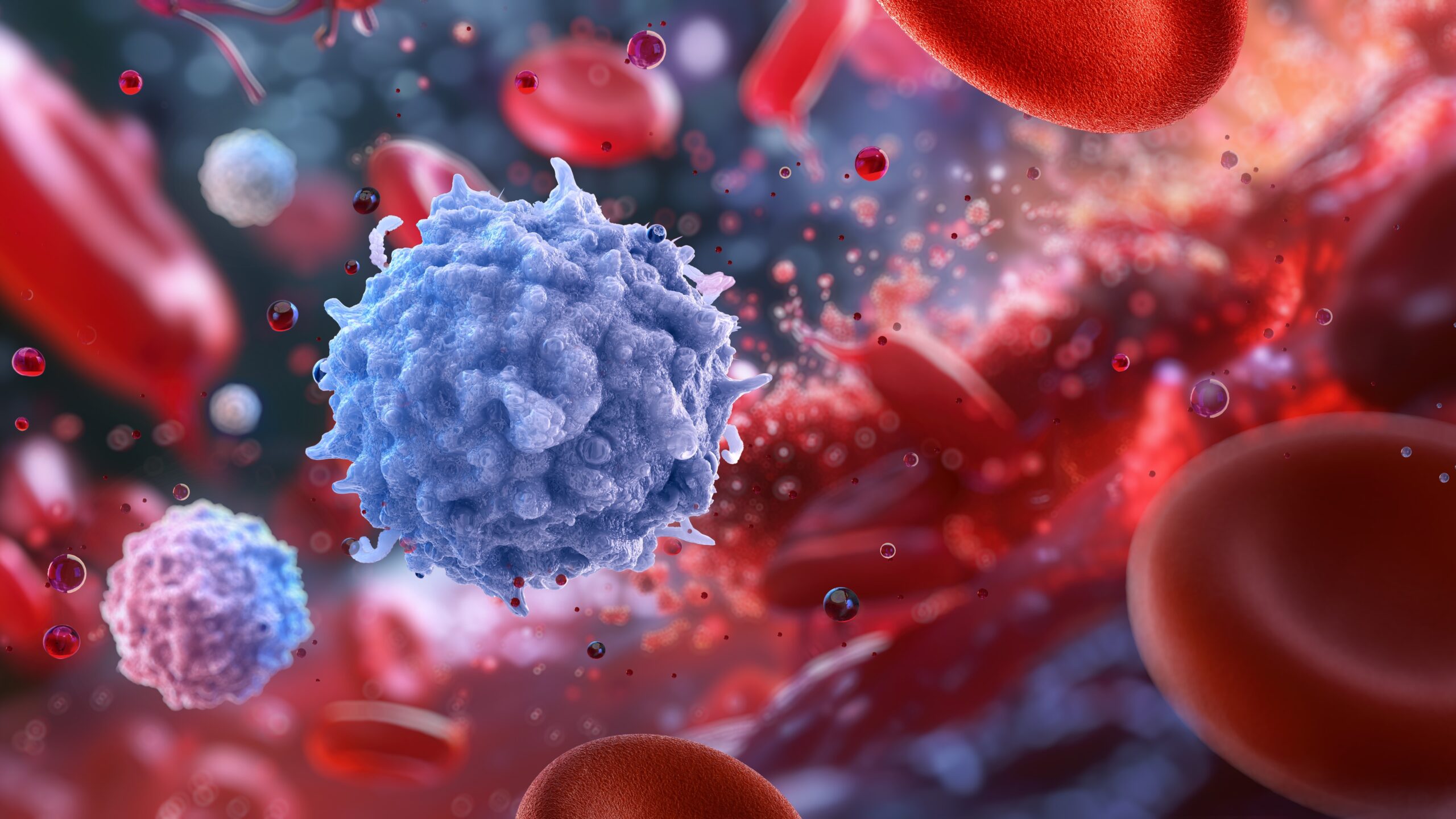
 © 2025 Mashup Media, LLC, a Formedics Property. All Rights Reserved.
© 2025 Mashup Media, LLC, a Formedics Property. All Rights Reserved.